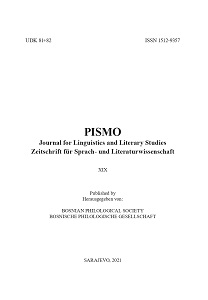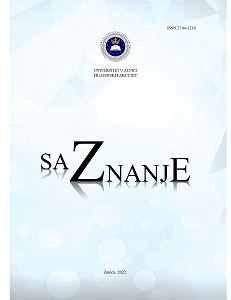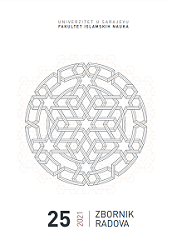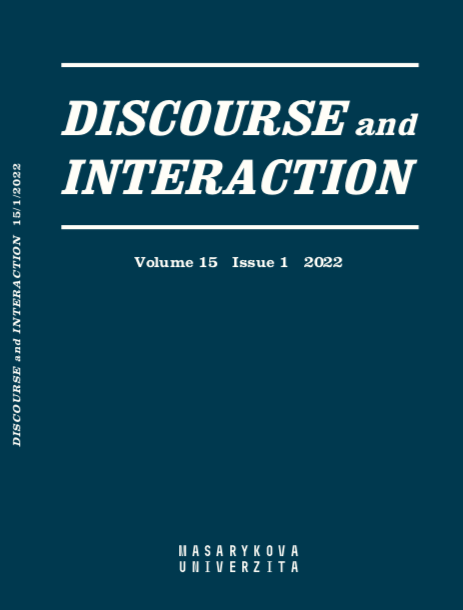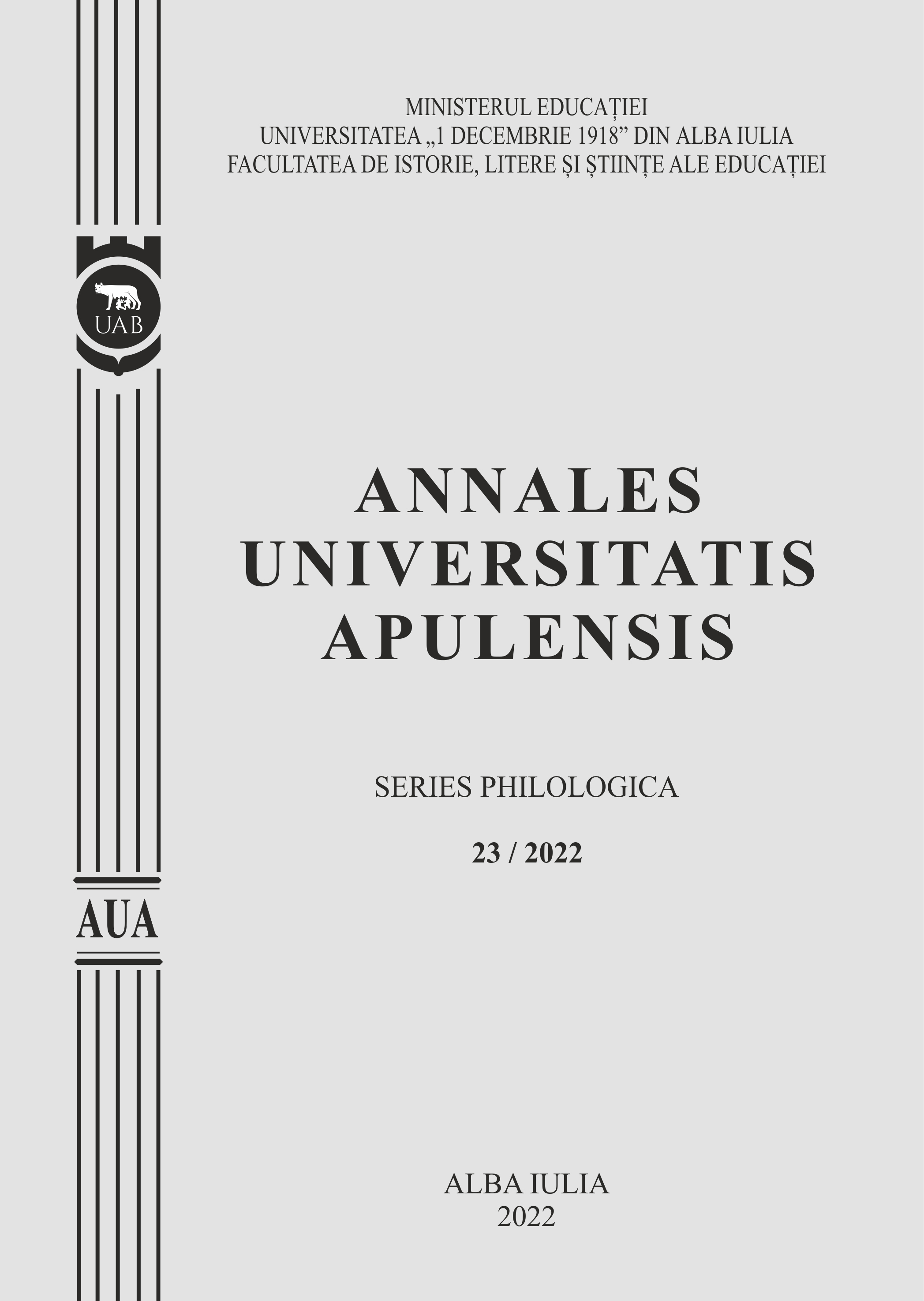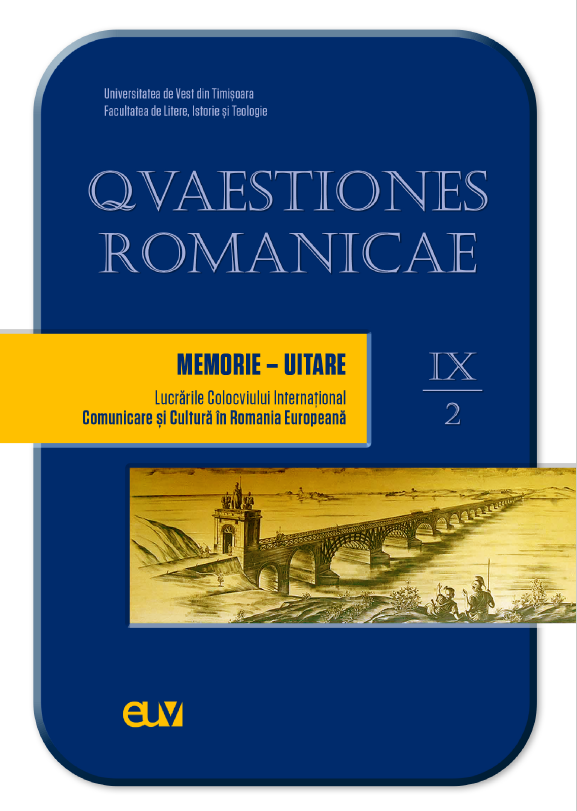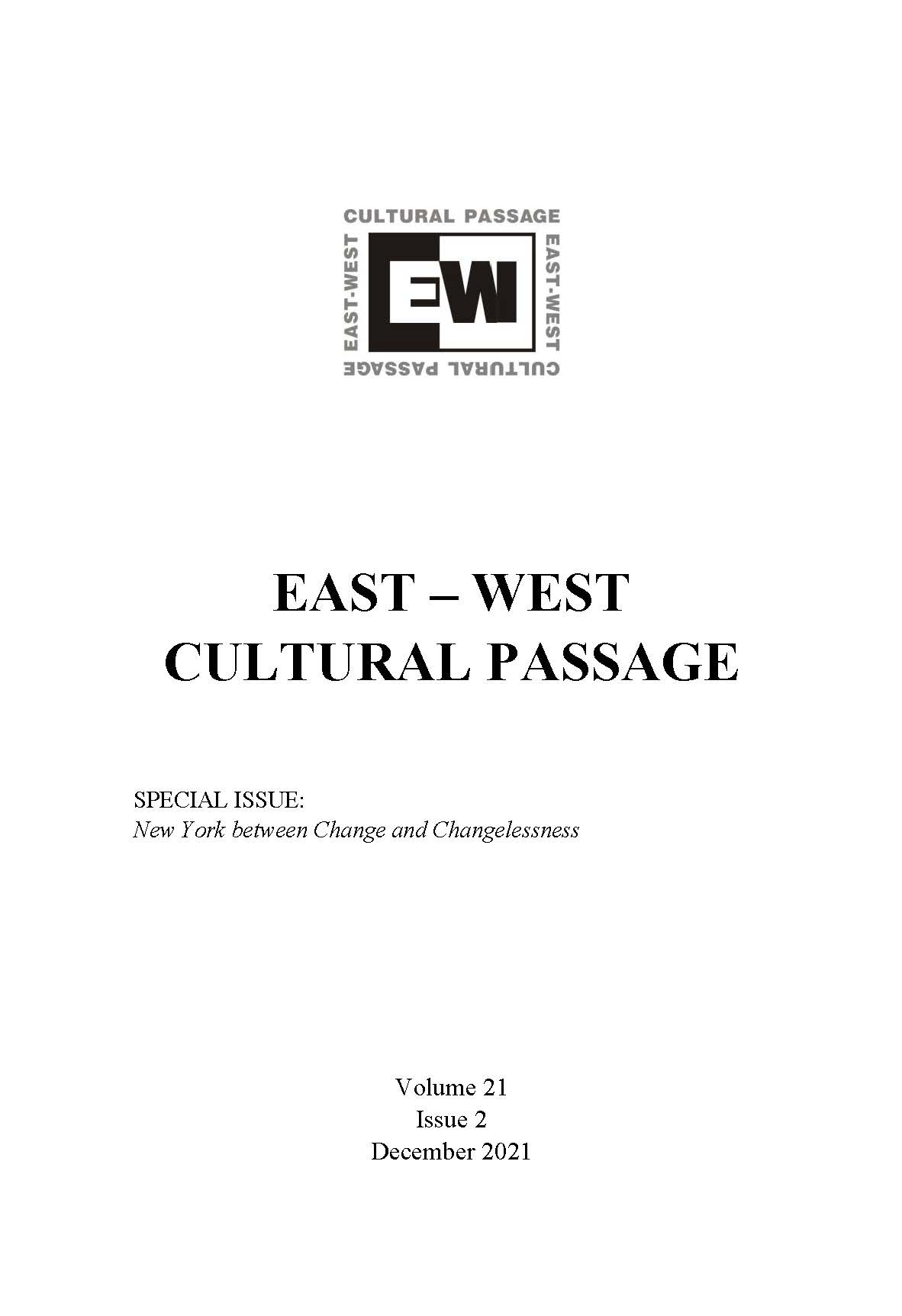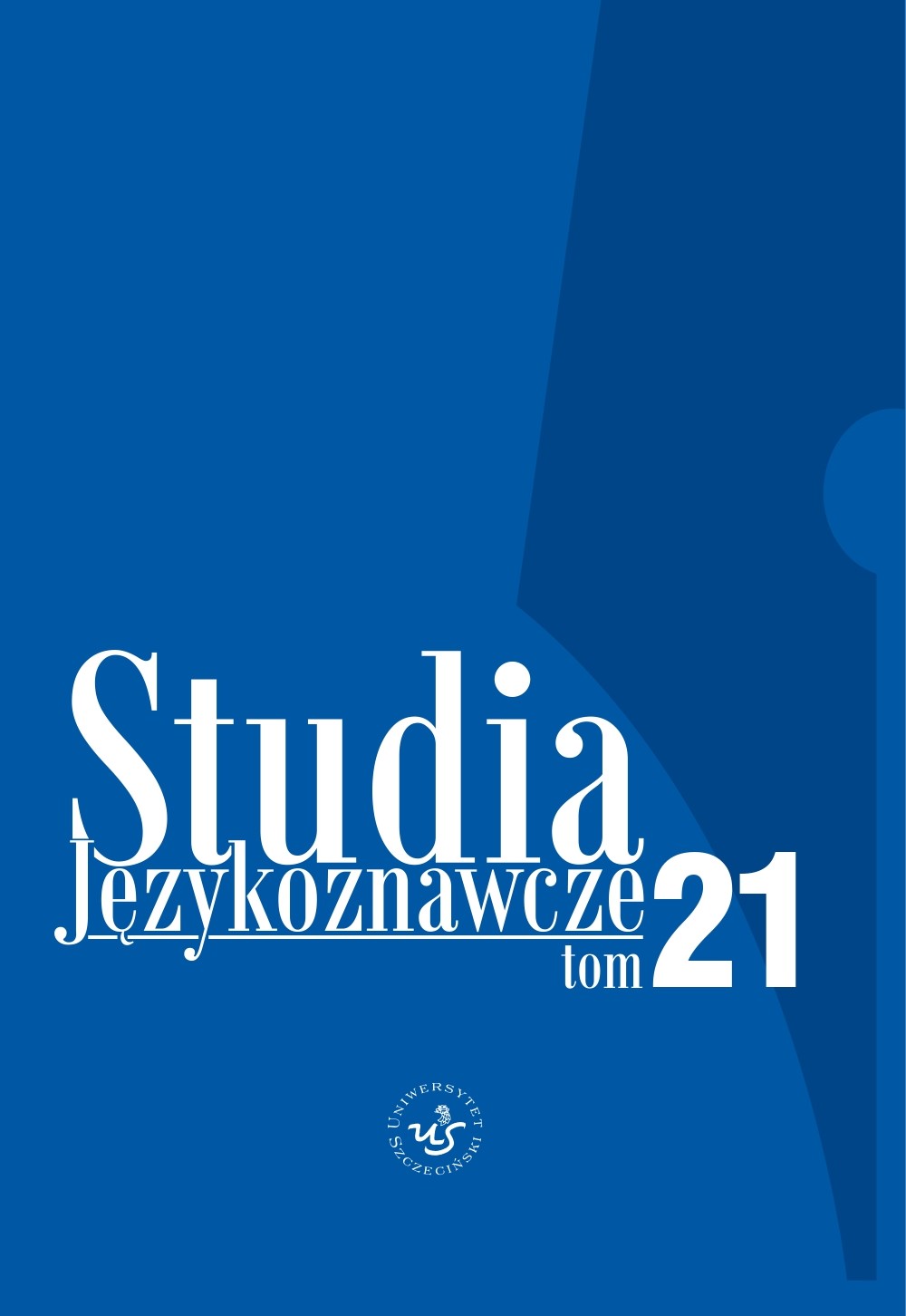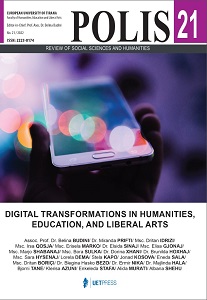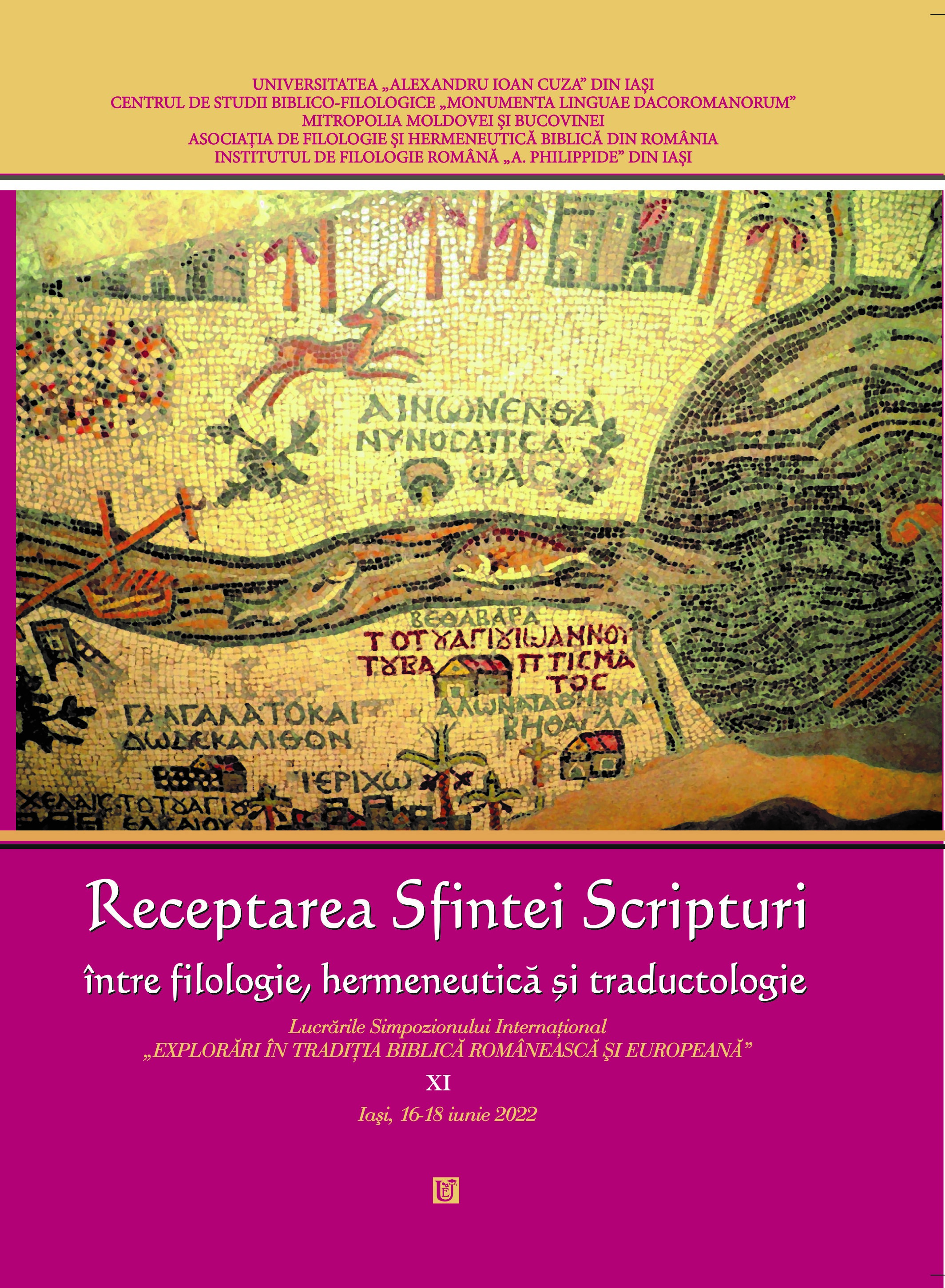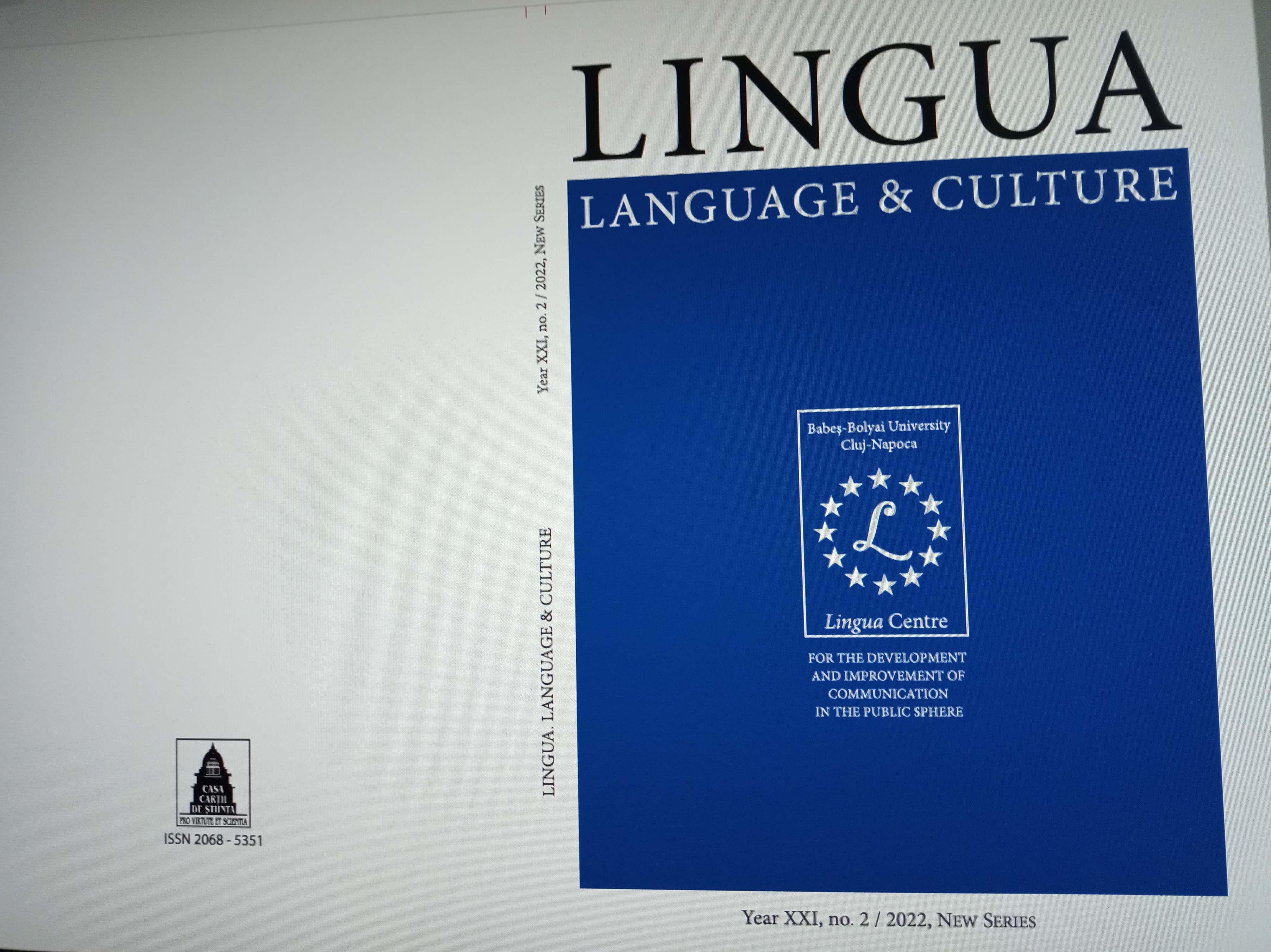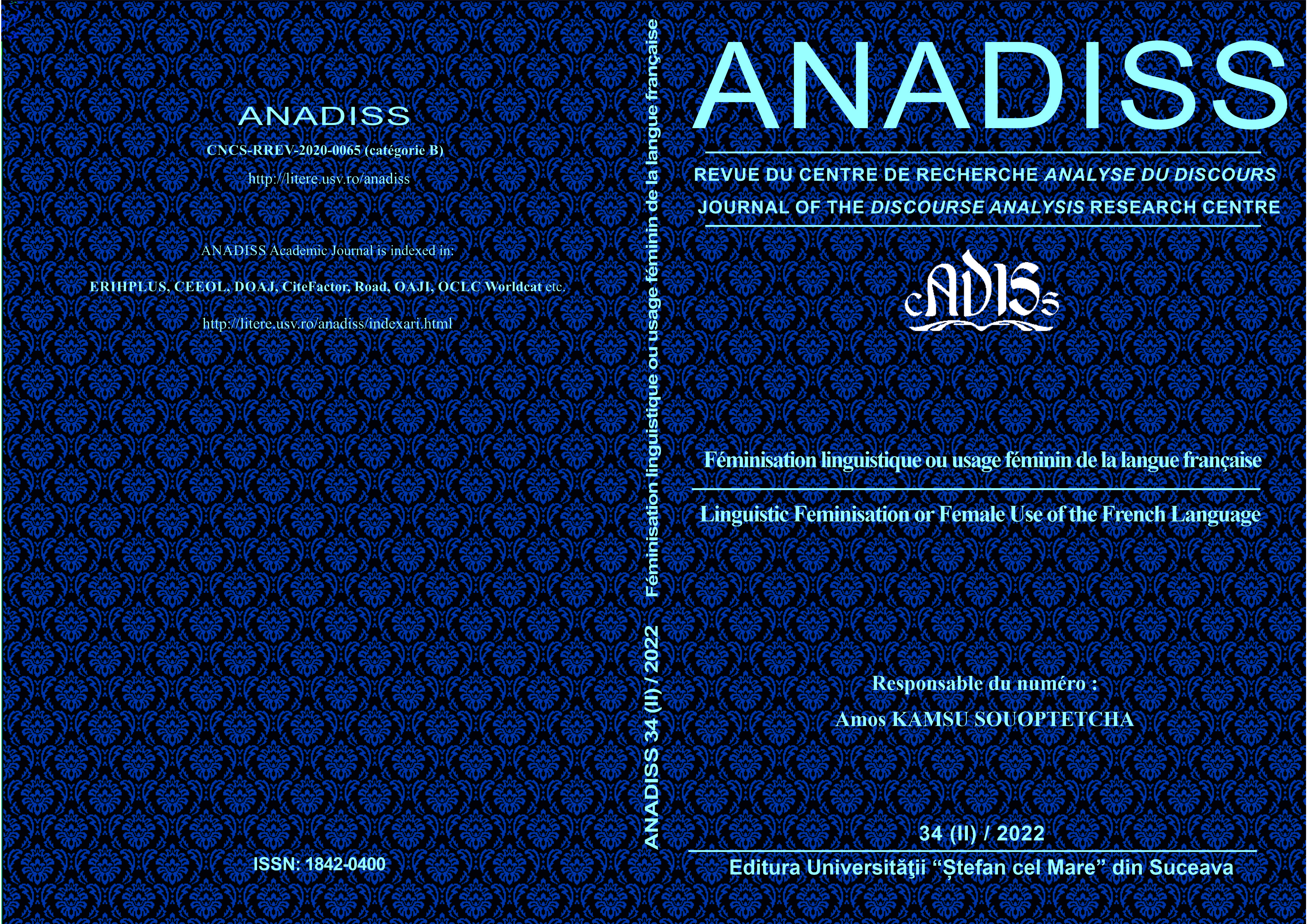Korrates kordusi. Kreeka romaanides esinevatre kordusfiguuride vahendamisest
The aim of this paper is to explore the possibilities of transferring the rhetorical figures, specifically the figures of repetition which occur in the Greek novels, into Estonian translation. The use and function of sound-repetitions, word- and stem-repetitions and structural repetitions in two Greek novels (Leucippe and Clitophon by Achilles Tatius from the 2nd century AD and Hysmine and Hysminias by Eustathius Macrembolites from the 12th century AD) are shortly described, examining which figures can be rendered into Estonian in exactly the same form, in which cases some minor changes have to be made and in which cases the figures have to be compensated by another device. Sometimes, when several different rhetorical figures are combined in a phrase or a sentence, it is not possible to construct the equivalent combination of figures in Estonian and consequently a figure may be lost in the translation altogether. Individually, most of the figures of repetition can be conveyed into Estonian in exactly the same form or with minor changes, but some of the repetitions are lost due to linguistic differences.
More...
